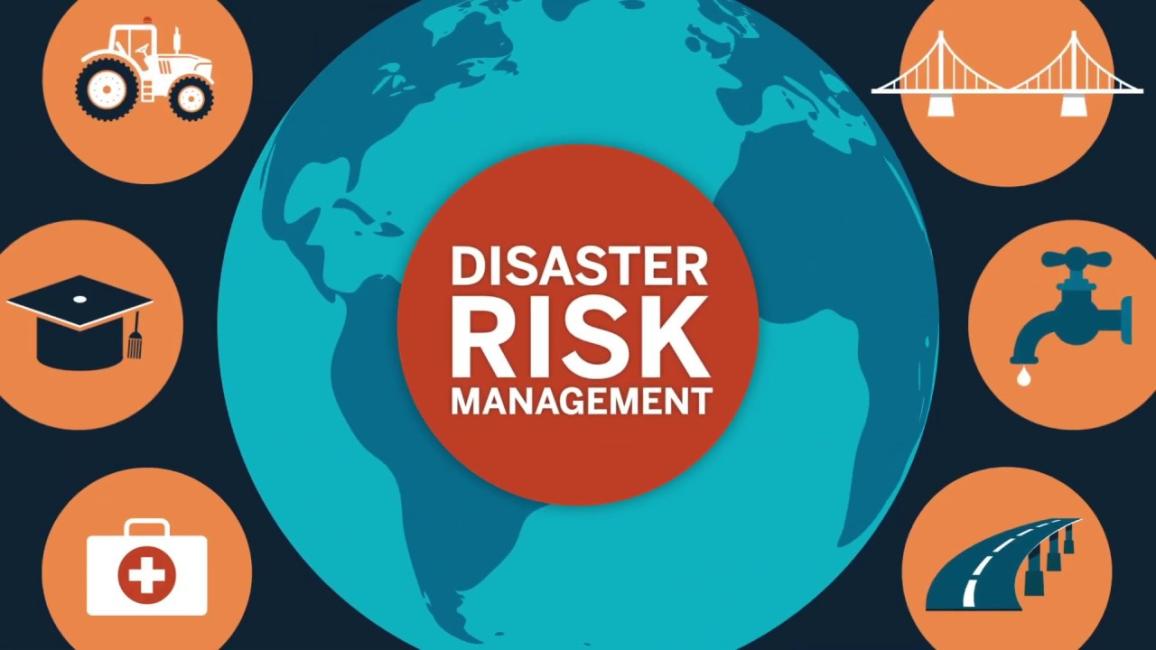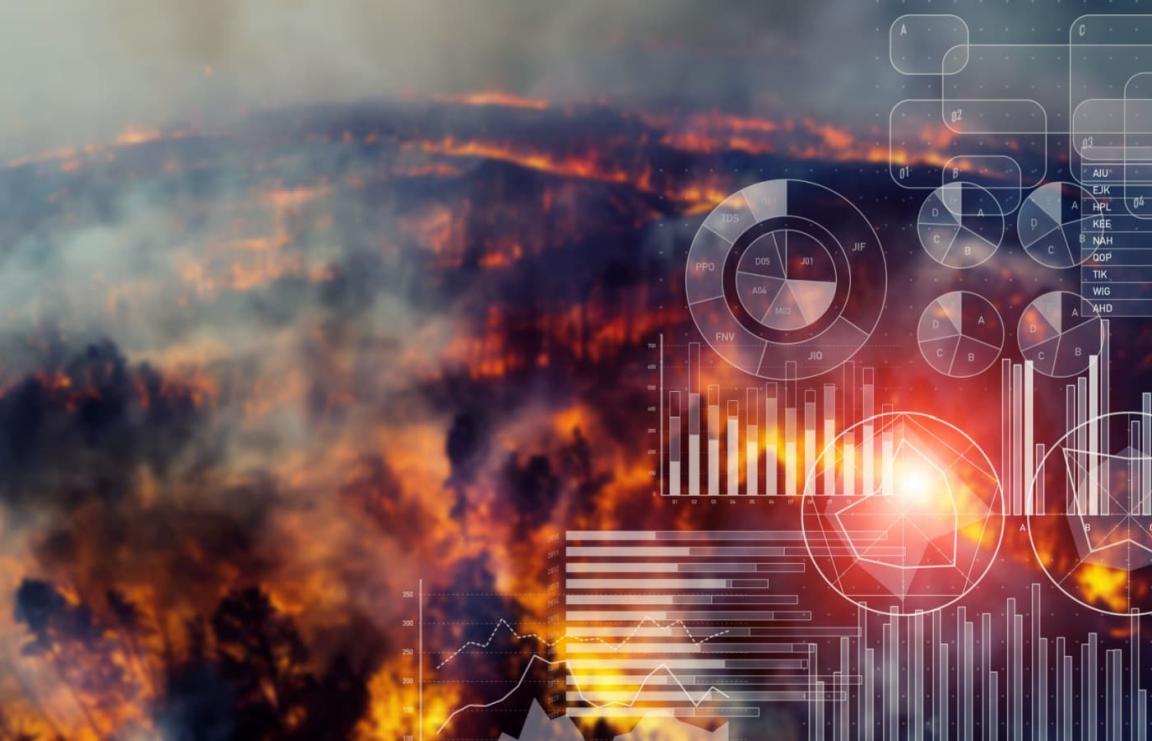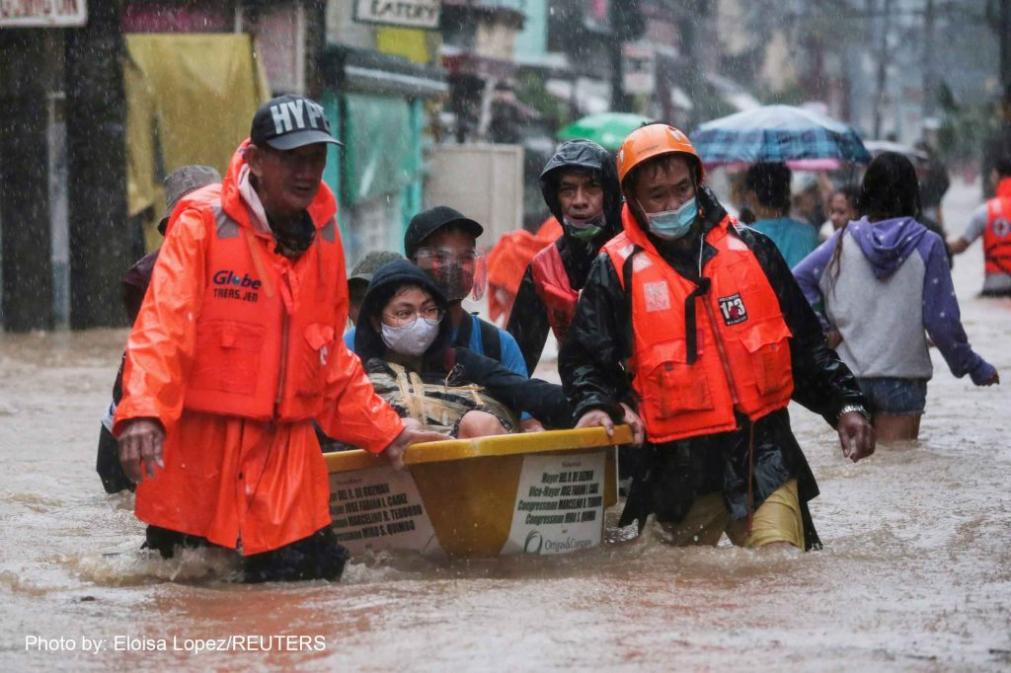Investigating the Integration of Satellite Data into Early Warning Systems: A Technological Review
Early warning systems (EWS) play a critical role in reducing the impact of natural disasters and other hazards by providing timely and accurate warnings to affected communities. Satellite data has emerged as a valuable source of information for EWS, offering a comprehensive view of the Earth's surface and atmosphere. This article explores the current state of satellite data integration in EWS, technological advancements and innovations, case studies and applications, and future directions and recommendations for enhancing the use of satellite data in EWS.

Current State Of Satellite Data Integration In EWS
Satellite data is collected from various sources, including Earth observation satellites, weather satellites, and communication satellites. These data are integrated into EWS through direct data transmission, cloud-based platforms, and data fusion techniques. However, challenges and limitations exist, such as data latency and availability, data quality and accuracy, and interoperability and standardization.
Technological Advancements And Innovations
Emerging satellite technologies, such as small satellites and constellations, hyperspectral and multispectral sensors, and synthetic aperture radar (SAR), are revolutionizing the way satellite data is collected and processed. Advancements in data processing and analytics, including artificial intelligence (AI) and machine learning (ML), big data analytics, cloud computing, and edge computing, are enabling more efficient and effective use of satellite data. Additionally, the integration of satellite data with other data sources, such as Internet of Things (IoT) sensors, social media data, and unmanned aerial vehicles (UAVs), is enhancing the capabilities of EWS.
Case Studies And Applications

Numerous successful examples of satellite data integration in EWS exist, including flood warning systems, wildfire detection and monitoring, and earthquake early warning systems. These systems have demonstrated the benefits of satellite data in improving the accuracy and timeliness of warnings, enhancing situational awareness and decision-making, and increasing community resilience and preparedness.
Future Directions And Recommendations
Emerging trends and developments in satellite data integration include the integration of satellite data with 5G networks, the use of satellite data for real-time monitoring, and the development of satellite-based EWS platforms. Policymakers and practitioners are encouraged to invest in satellite data infrastructure and capacity building, promote data sharing and collaboration, and develop standards and protocols for data integration.

The integration of satellite data into EWS has the potential to significantly improve the effectiveness and efficiency of these systems. Continued research and innovation are essential to address the challenges and limitations and to explore new opportunities for using satellite data in EWS. By leveraging the power of satellite data, we can enhance our ability to protect communities from natural disasters and other hazards, saving lives and reducing the impact on infrastructure and the environment.
YesNo

Leave a Reply